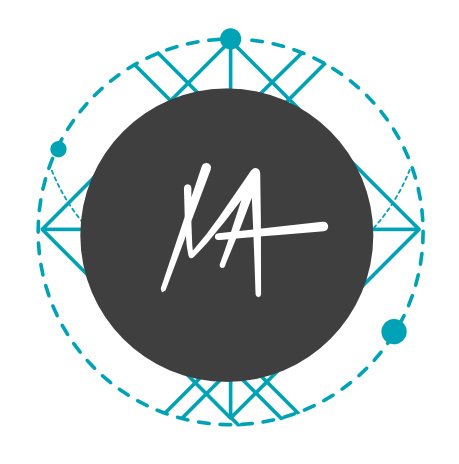 The environment is so important. Learning does not happen in a vacuum.
The environment is so important. Learning does not happen in a vacuum.
And if you have been with me for awhile you know that sound curriculum design is much more than information delivery. Just like seeds, people grow within an environment rich with learning opportunities.
Appropriate amounts of select information and experience enrich the soil, providing key “nutrients” students need to THRIVE.
Last week we talked about clarifying your Course Promise, or your Student Learning Objectives, what your students will know, think, and be able to do at the end of your course or program.
But fulfilling the Course Promise, doesn’t happen without strategic design. The good news is, once you have identified the Course Promise you can start to look at aligning to that promise through your Curriculum Design.
Of course, your Curriculum Design and Delivery is (and should be) unique to you and your audience. There are many things to consider in creating alignment.
Some things to consider are:
- Your Audience [Likes/Dislikes, Digital Natives or Migrants]
- Your Learner [Novice, Intermediate, Advanced]
- Course or Program Delivery Method [In-person, Hybrid, Online]
- Length [Duration: Ex. 100 Hour Teacher Training or 4 week Introduction]
- Scope/Depth [Ex. Survey course or Deep Dive with a very specific focus]
As you begin to answer these questions, you have important clues in how to Align Your Design to address your audience’s needs and desires and meet your Course Promise.
This design is where you create the learning container for your students.
It also begins to point to the vital next step in the process, which is to Align what goes into your course and what stays out. This is where you start to note what is needed to create a rich learning experience and what is wonderful information but not necessary (and worse yet, might de-rail your students learning by interjecting overwhelm with too much information).
As you define your Course Promise and clarify the above parameters of your curriculum, begin to examine the unique elements needed and not needed to create Alignment to meet (and exceed!) the exact needs of your Audience.
Cheers to Aligning By Design!
